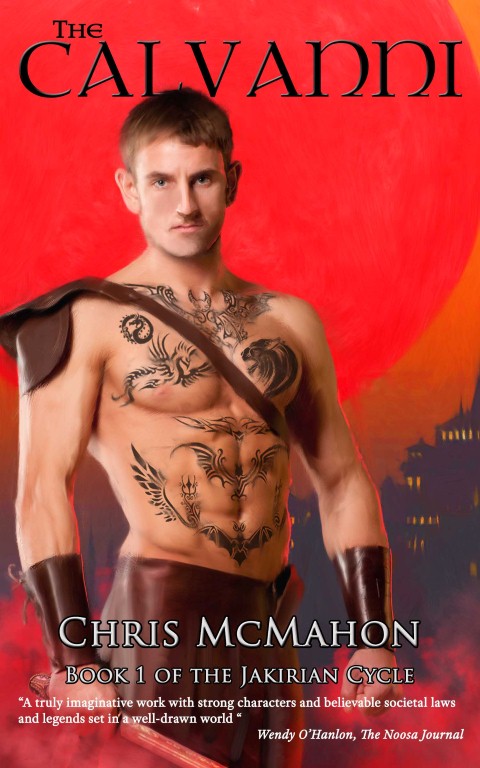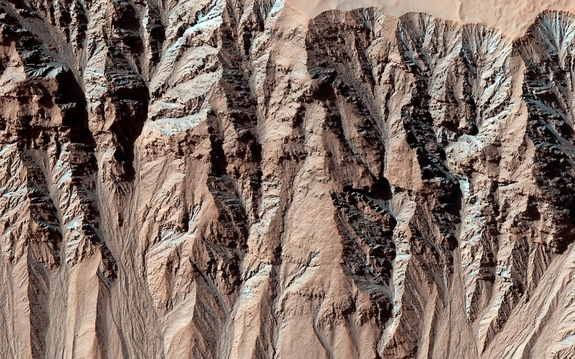
I will be the first to admit there are about a million ways to skin a cat.
When it comes to writing, there are as many valid approaches as there are writers. In fact, I am always fascinated by the varied processes of other writers. I never tire of hearing about it, as though each unique method is like another peek under the hood of some amazingly magical, complex machine. A machine I’ll never have a hope of truly understanding.
That said, I am pretty structured in my own approach. So if I’m going to pass on what I know, it’s going to be an organised method. That’s going to be a godsend to some, perhaps an annoying thorn in the creative brain to others. Either way, I hope you enjoy hearing about it.
OK. Plotting.
In formulating a story, I work around three basic elements. Character, Conflict and Setting.
In a good story, each of these elements should be integral to the others — i.e. the elements of the setting should be unique and have some interrelationship with the characters and their main conflicts. The conflict should be unique to the relationship between character and setting etc. But don’t strain your brain about that too much now.
Starting to put together a story is a time for free-flowing thought – anything goes. There is time enough to scrutinise later (believe me).
When I started putting together plots, it was all pen and paper (I was going to say clay tablets and stylus just for fun, but hey – I’m not that old).
Nowadays I put everything into a single Word file. All plot related notes, the actual plot flow, and all the research notes. Why? It’s so damn easy to find everything! Gone are the frustrated hours trying to find that key handwritten paragraph amidst a mountain of scrawled notes. The Word search function is a bit of code blessed by the Writing Gods. All you need to do and insert some key characters, or just make a mental note of the heading you need and presto, you are there. Between the search function and the ability to split Word into two screens, the power of that single Word document to facilitate the development of your story is truly amazing.
Right. Back to plotting.
I usually start by sketching out all the headings. When I say I have an organised approach, it doesn’t mean my mind is linear — not by a long shot — let’s face it, all creative people have thoughts like supercharged ping-pong balls, all of which insist on going sideways. It makes regular work meetings a nightmare.
What the structure enables me to do is capture these thoughts and ideas as they come, fleshing out the story background, then the story itself.
Here are the general headings I use:
General Notes & Ideas
What is the Book about?
Setting
Character
Conflict
Plot Flow
Specific research I put after these sections, under its own headings.
As I mentioned in a previous post, there is usually some key creative spark – that initial conception – that is your way into the story.
Right at the beginning I start with the General Notes and Ideas section, jotting down all the ideas that relate to the story. I am a visual person, so something in the act of writing these things down helps to solidify and expand the whole storyline. These notes could be plot ideas, character ideas or even worldbuilding. Anything really, just to get the creative juice flowing.
Then, depending on the book, I might need to do some specific research. How much? This is really a gut feel thing. As a general rule, I would say be guided by your own instinct about what you need to read. Don’t be too dogmatic to yourself. Don’t say: ‘Right. If I’m going to X I really need to research Y’. Choosing research is as much part of the mysterious craft of writing as anything else. This is a fact that many people miss. That same itch, or instinct, that makes you want to write in the first place will direct your attention to the work you need to pursue. You will know. It’s like that scene in Dragon – the Bruce Lee Story — where he is in the dream sequence with the demon. He is getting the snot knocked out of him in the graveyard (in the rainJ) and then suddenly there is a beam of light, showing Bruce a pair of nunchucks in the mouth of a lion statue. It’s exactly the same. There will be some beam of mental illumination or gut instinct that will tell you what you need to be reading and researching as background or aid to your work.
Of course, if your world is completely invented, your ‘research’ might be creating things from scratch, although I would usually put that under Setting.
Your research notes can be as clunky and disorganised as you like. The beauty of search function is you can easily find it if you need it.
At this stage I am usually bouncing back and forward between pursuing some research thread (again based on gut instinct) and scribing down ‘light bulb’ moments under the General Notes & Ideas heading as they occurred to me.
I am creating a mosaic of the work to come.
After doing this for a while I reach some sort of threshold and I begin to get more concrete ideas for the book. Often the first area to fill out is the Setting for the world. I have a particular love of Worldbuilding, and I often go pretty far down the rabbit hole sketching out culture, history, life forms, weaponry and of course — magic systems :).
But it’s never the same. A good chunk of the plot flow might come in one piece. Or perhaps the particular conception for this piece of work might actually revolve around a piece of conflict. In this case I might spend some time sketching out the warring parties, the internal dilemma, or even the scene I see.
I do sketch down thoughts on characters in much the same way. But I guess of all the areas I am more deliberate in my approach to Character. Apart from those initial ideas I might get on the fly, I usually have to make a conscious choice to walk down the character development path. I suspect this is very different from pantser writers, who are dragged by the nose by characters who very much take a life of their own from the outset.
In order to flesh out characters I use a number of key category areas to tease the story out of them (more in later posts on that). I work on each of the major characters until I have a really good idea of their personal history, what motivates them, what their current challenge is, and what is driving them in the story.
I usually find that I cannot properly build up the Plot Flow until I know the characters. The secrets of the story – the nuances and the key forces that comprise the narrative momentum — are lurking inside the characters. I’m with Stephen King on that one.
The vast advantage of being able to construct a plot flow before engaging in the actual process of writing as that you can add complexity. Multiple sub-plots. Red herrings. Tiny stories that happen in the background that are living part of setting.
As a reader their is nothing more satisfying to me than being surprised by a satisfying ending where multiple threads come into alignment. That is a truly thrilling part of this art to me, and it cannot happen without structure. To pull that off without sketching out the plot before hand, you need astounding luck and a story sense that is most likely bringing out structures that have been absorbed from other works of fiction.
Again, this is what works for me and my approach is structured.
I have other more specific headings I have not included – the exception being What is the Book About? This is a pretty key thing to give some attention to. It’s usually something I have to consider deliberately, and quite a bit down the track of story development. This is all about theme. It’s critical to get clarity on this. It helps to solidify your thinking, and is vital to later efforts to market and communicate your work. This is the raw material from which you will distil the ’25 words or less’ that sums up your work, often dubbed the Elevator Pitch. This is where you find yourself in an elevator for 2min with a publisher and have only a brief moment to convey your concept. The most memorable being the one used for the movie Twins with Danny Devito and Arnold Schwarzenegger. The pitch was simply. ‘Arnold Schwarzenegger. Danny Devito — Twins.’ That was enough to sell a movie.
Anyway, I hope some of you found that helpful. I describe my own method to get your brain working. Use what works for you – but never stop listening to your own instincts. Remember, there are as many approaches to writing as writers.
Next (I’m doing the longer posts on Writing Craft every two weeks) I’m going to look closer at Conflict.






